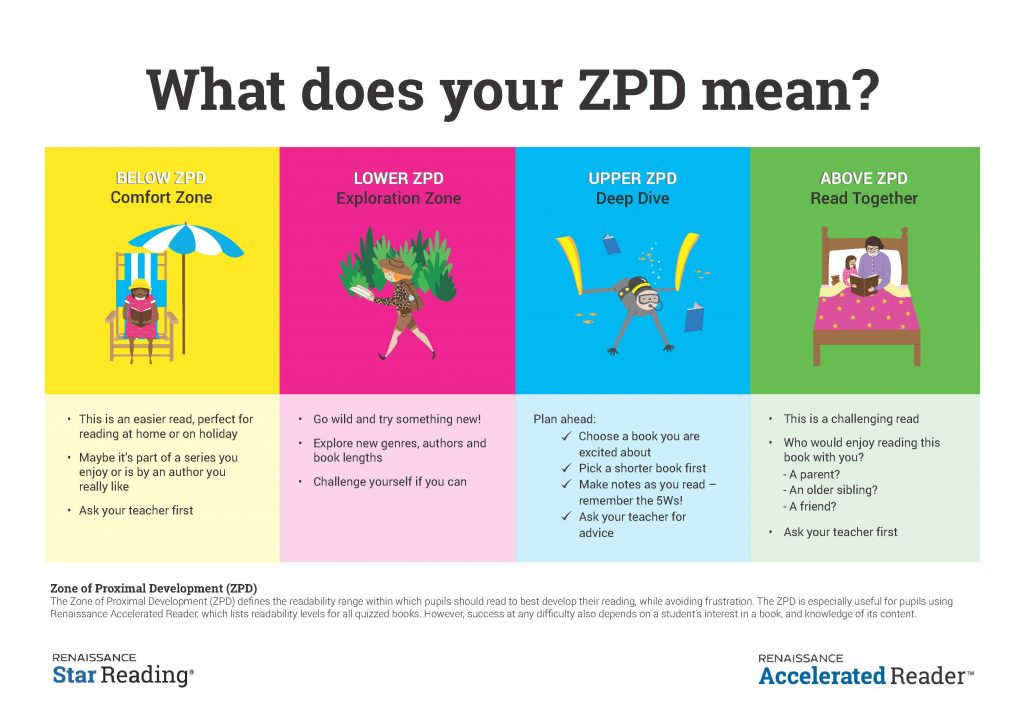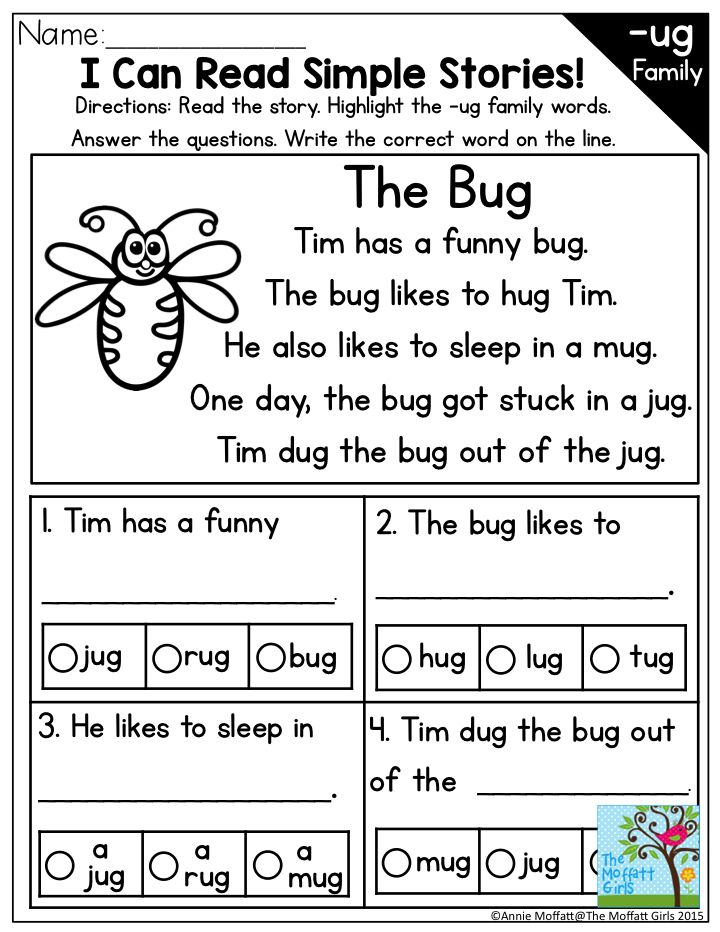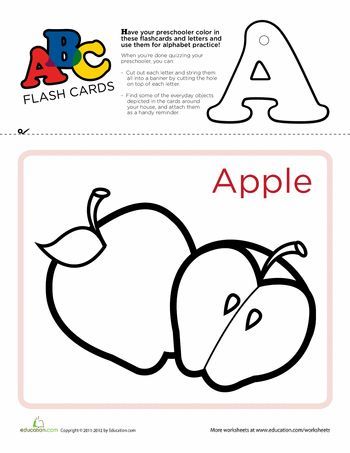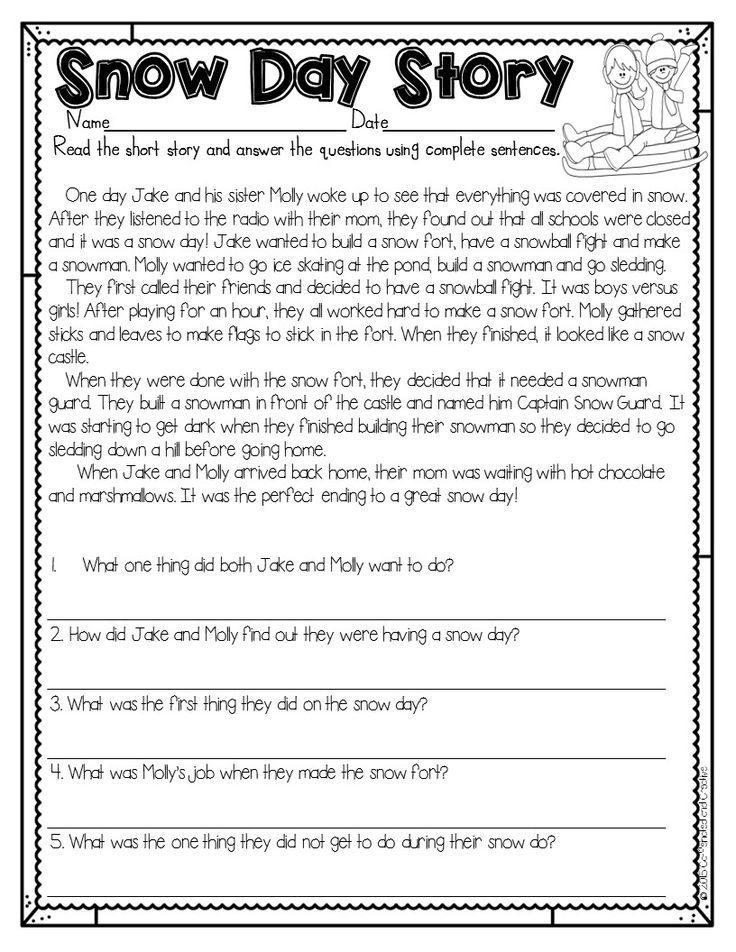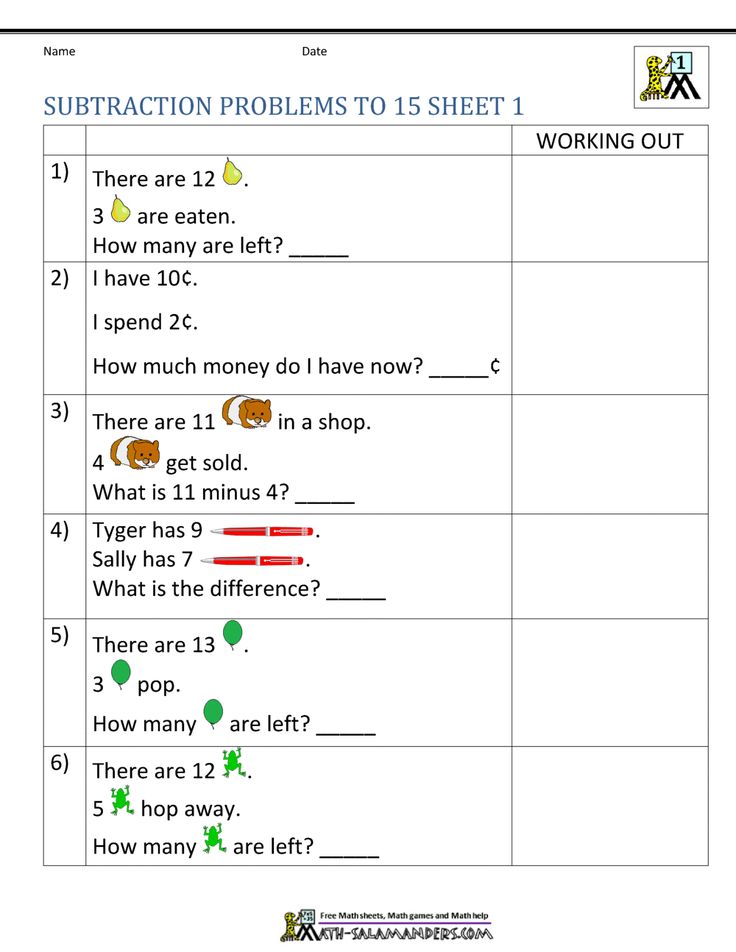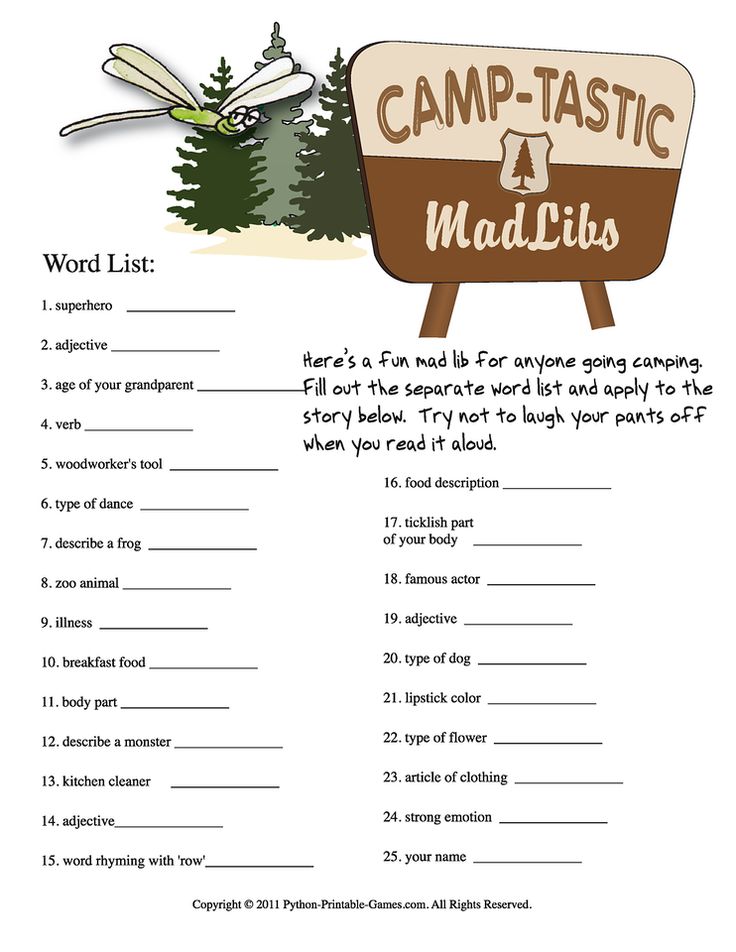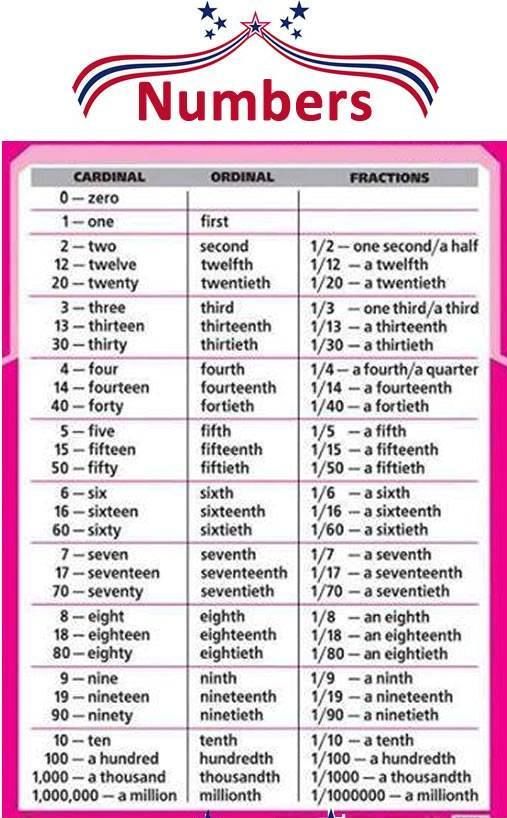What are reading levels
How To Determine Your Child’s Reading Level And Choose The Best Books
When you sit down to read a book, you want to enjoy the story in front of you. The same is true for your child. That’s why uncovering your child’s reading level is an important step in fostering their love of words from a young age!
Consider the different factors that allow kids to enjoy the books they read. For example, does it tie into their interests, and is it slated as an appropriate option for their level? By answering these questions, you can make sure they’re reading books that are just right for them!
If your child is in school, you’re probably no stranger to jargon like “reading level.” But what exactly does Lexile Framework, Guided Reading Levels (GRL), or Developmental Reading Assessment (DRA) actually mean?
Additionally, if your child is just starting to read on their own (or already reading independently) and is learning from home, how can you figure out what reading level is right for them? If any of these thoughts have crossed your mind, you’ve come to the right place.
We’re here to answer your questions so you and your child can sit down and enjoy a good book together!
What Is A Reading Level?
A reading level is simply a measure of your child’s ability to read text. It reflects how well your little one can read independently. Importantly, reading levels help you choose books that are a good match for your child while still presenting a challenge.
Keep in mind these levels are meant to be helpful, not stressful. They don’t limit your child, but, rather, help them blossom into a fluent, excited reader.
When your child reads books that are appropriate for their current reading level, it boosts their confidence so they can truly enjoy reading! Also, knowing what level your child is at allows you to work with them to improve their skills.
That being said, it’s important to remember that children are unique and develop differently. Comparing your child to their peers isn’t necessarily the best approach when trying to assess their reading ability.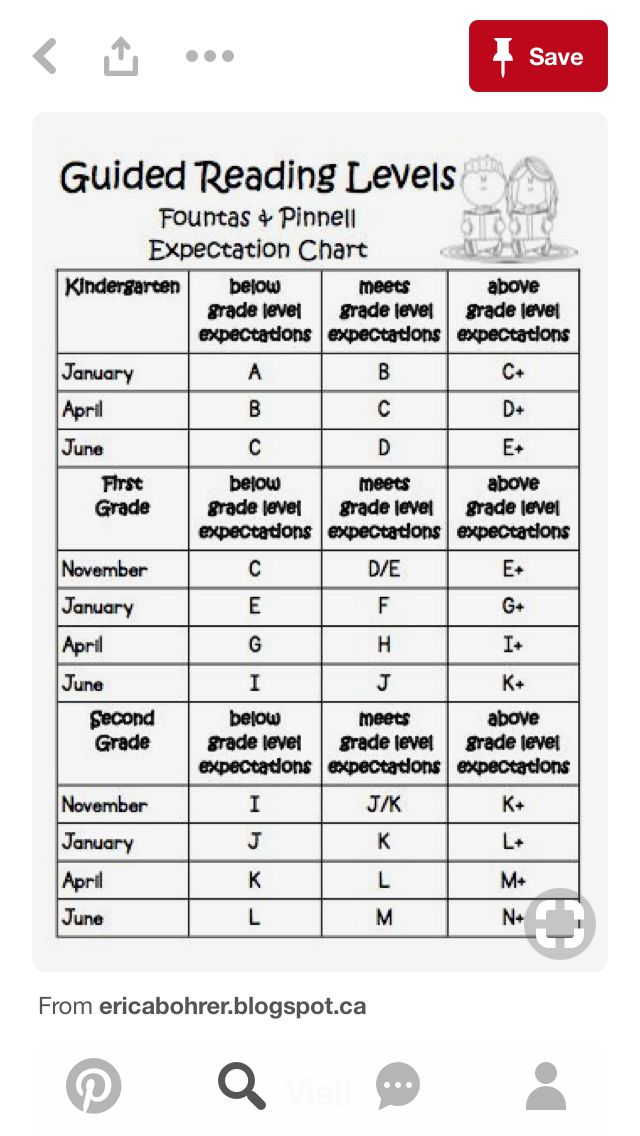
Why Is Determining Reading Level Important?
It’s helpful to determine your child’s reading level so you can find books that are appropriate for them to read on their own: not too difficult but challenging enough to encourage growth.
Reading level classification is a convenient tool you can use when searching online or at the library. And when you provide books that are on your child’s level, you create excitement and build their confidence, which can lead to a lifetime love of learning and reading!
If you’re looking for ways to help your little one read at the best level for them, Our new app HOMER Learn & Grow has a Stories section that gives age-appropriate story recommendations!
This is a great resource that takes your child’s specific interests and recommends stories just for them. What’s more, your child can choose to read along or read on their own.
How Is Your Child’s Reading Level Measured?
Your child’s reading level is usually measured at their school in first or second grade, and we’ll show you how that’s done. Here’s a tip: since your child’s teacher knows their reading level, consider asking the teacher (or the school librarian) for books your child can read at home.
Here’s a tip: since your child’s teacher knows their reading level, consider asking the teacher (or the school librarian) for books your child can read at home.
Don’t worry if your child isn’t in school yet or if they’re homeschooled. We’ll show you how you can measure their reading level at home, too!
Before we dive in, it’s important to note that we think of books for kids at three levels: independent reading, instructional reading, and frustrating to read.
As the names indicate, independent reading books are ones a child can read with ease and without support from an adult.
Instructional ones are the books just above independent that teachers might use to stretch a child’s reading as they offer support while the child makes that next step. Finally, frustrating books are too hard for a child to read even with adult guidance.
Now that you have an idea of how to think of the different books your child might encounter, let’s talk about the tools used for determining or describing reading levels.
Lexile Framework For Reading
Lexile Framework For Reading is an educational tool that ranks books by order of their difficulty using a scale called a Lexile. Usually, your child’s teacher will determine their Lexile reading level and then choose books that have a matching score.
The Lexile score, or measure, describes your child’s reading ability and matches them with books and other reading materials. This measure ranges anywhere from 0L to 2000L.
Kids are encouraged to read within their Lexile “range” — 50L above to 100L below their actual level. For instance, if your little one is reading with a Lexile measure of 500L, they would read books ranging anywhere from 400L to 550L.
Using standardized assessments, schools will often measure a child’s reading level several times a year to help them select books that are appropriate for independent reading.
Guided Reading Levels (GRL)
GRL is a guided reading system used in some schools.
To determine reading levels using GRL, children sit one-on-one with their teacher and read from a book that’s considered standard for their grade level — a “benchmark” book.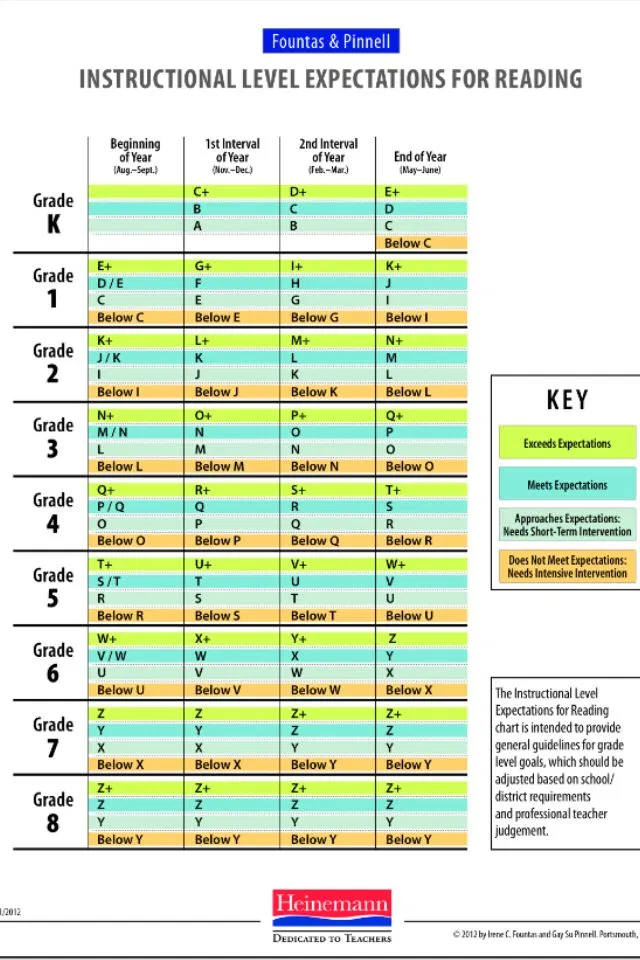 GRL books range from A to Z with A being the easiest.
GRL books range from A to Z with A being the easiest.
While reading these books, the teacher will take notes on any missed words and ask comprehension questions, such as, “When did the story take place?” or, “What was the problem in the story?”.
Through guided instruction, the teacher will gradually move children into more difficult books.
Developmental Reading Assessment (DRA)
DRA is a standardized reading test given by teachers or reading specialists. As with GRL, children sit individually with the test administrator and read a book.
Several factors are taken into consideration to determine reading level, including:
- Reading comprehension
- Phonemic awareness
- Fluency
DRA books are labeled with an A for the easiest books and then move into a numerical grading system. The levels range from 1 to 80 with 1-3 representing a kindergarten reading level and 80 representing an eighth-grade reading level.
Once a child has a DRA or a GRL level, a teacher or parent can search for the reading level of any particular book and can usually discover either the Lexile, DRA, or GRL of that particular text. Here’s a chart for your reference.
Here’s a chart for your reference.
At-Home Reading Levels
If you’re looking for a way to find out your child’s reading level without using any of the methods listed above, you might try the five-finger rule.
For the five-finger rule, choose a book and flip to any page. If your child seems to have trouble reading more than five words on the page, it’s a good indicator that the book is too advanced for them.
To be sure, though, you can have your child try another page, especially if they seem eager to read a particular book.
This can be a helpful strategy, but it’s OK to let your child try a book and see how the reading goes. If a book is too hard, most kids will figure that out — and there is nothing wrong with reading books that are too easy!
Sometimes a child may be interested in a book that’s a little too hard for them. If this happens, we encourage you to read aloud to your child. You can also read together by alternating pages, paragraphs, or sentences.
It’s important not to completely avoid books that may be a little above your child’s reading level.
Even if your child struggles a bit to read them without assistance, these books can still be beneficial in helping build their vocabulary, improve comprehension, and increase general knowledge — not to mention, encourage their love of reading!
When your emerging reader seems overwhelmed by one book, you can always give the five-finger rule a try with other books until you find the right match. And if your child is particularly interested in a topic, you can always read the book to them and stop on words you know they can read.
Also remember that when a child is really enjoying a book and highly motivated to read it, they will read at a higher level than if the material is not as interesting to them.
Tip: Most libraries and bookstores have books arranged by reading level so you can easily choose the best one for your emerging reader!
Feel free to ask librarians and knowledgeable staff at bookstores to offer suggestions. You could even say something like, “My child happily read a Clifford book; can you suggest others at the same level?”
You could even say something like, “My child happily read a Clifford book; can you suggest others at the same level?”
How To Help Your Child Become A Stronger Reader
As we mentioned earlier, you can easily determine your child’s reading level at home so that you can help them choose books that are just right! We suggest incorporating some of the tips below to help your child become a stronger reader.
Start With Clues
- Is your child using “sounding out” techniques to figure out unknown words?
- When your child reads, are they getting tripped up by sight words — common words that are hard to sound out?
- Is your child using pictures to help them understand what is written on the page?
- Is your child using context clues to figure out what word makes sense to come next as they read sentences?
Check Vocabulary
- Play games with your child to see what words they know. For example, say a sentence and point out one word in the sentence.
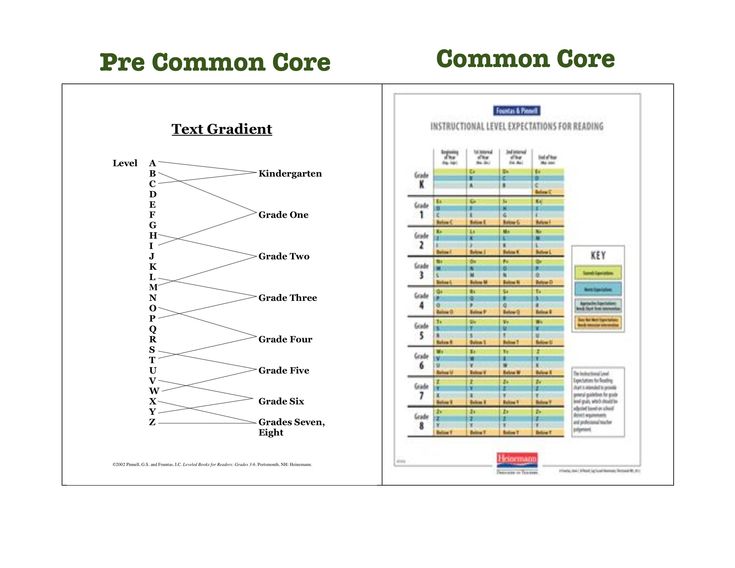 Then ask them if they can come up with a different word (synonym).
Then ask them if they can come up with a different word (synonym). - Play synonym games to see what words your child knows. For example, challenge yourselves to think of 10 or more ways to describe speaking (shout, whisper, mumble).
While you’re talking with your child, describe something specific from your day. Make sure to use interesting adjectives, and don’t hold back from using sophisticated vocabulary when talking with your child.
You can help your child’s vocabulary grow through day-to-day conversations and activities!
Ask Comprehension Questions
Understanding what they read is an important part of your child’s reading journey.
- To check for reading comprehension, we suggest pausing every other page to talk about what you’ve just read. Make this a natural reaction to the story, like you’re thinking aloud about the story or characters, so that it doesn’t feel like a test.
- Consider encouraging your child to act out and retell the story (for younger children).
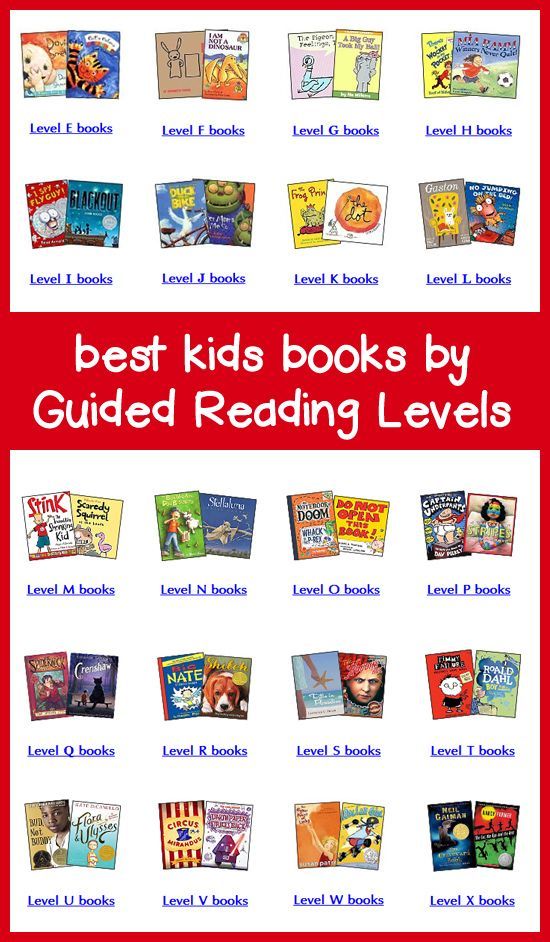
- Try discussing themes/lessons with your child (for older children). Remember: this isn’t a test, but a conversation between book lovers!
Talk To Your Child
When most people implement strategies to help their children improve their reading skills, they often forget about the importance of verbal communication. It’s essential to talk to your child frequently in short and simple sentences.
This includes singing songs, telling them wonderful stories, reciting fun nursery rhymes, and describing the world around them. All of this exposes children to lots of different words. It also helps them learn that language is a powerful tool for communication.
Discover Your Child’s Favorite Books
- Children often choose books that are a little below their actual reading level. At home, this is a good thing. It keeps reading fun and exciting!
- We recommend choosing books that interest your child — with a certain character or activity they like — so they’re curious and excited about reading.

Reading books your child enjoys together can encourage their love of reading. And letting them read those same books to you can boost their confidence over time.
Together, these two activities increase your child’s fluency and reading enjoyment!
Create A Reading Corner
Establishing a reading corner in your house can benefit your child. The setup doesn’t need to be elaborate. This can be a simple, quiet, private area where your child can confidently read independently or with you.
It’s also great for the spot to be well-lit and filled with lots of books your child enjoys reading.
Is Reading The Same Book Over And Over OK?
Just like you might pick up an old favorite book to read, your child may do the same, and that’s OK! At least you know they’re enjoying a good book and the process of reading!
Rereading books can have many benefits for a child, including:
It allows children to get more from the text. Have you ever developed a deeper understanding of a story after rereading it? That’s because the more you engage with a story, the more you can take away from it.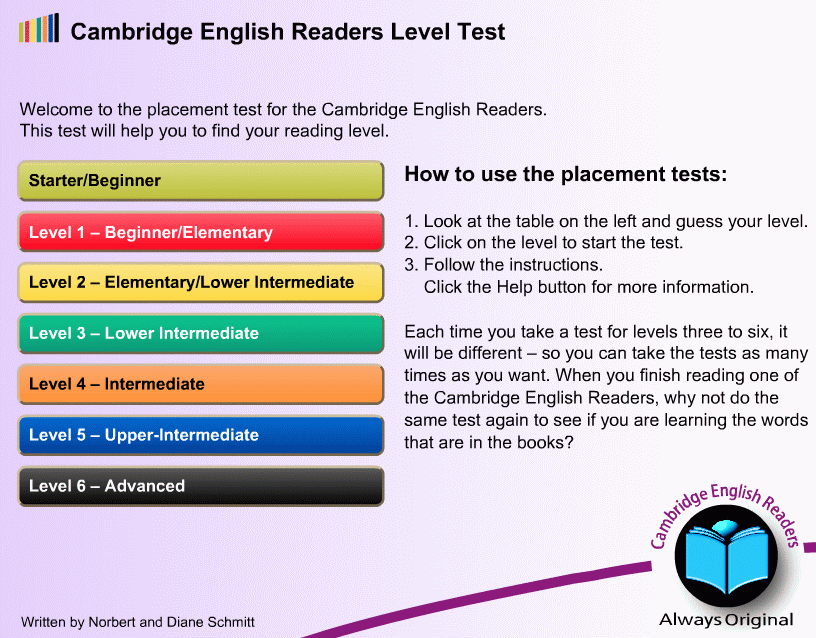
You can pick up on new information, establish connections between yourself and some of the characters, and even improve your understanding of the overall story.
Similarly, allowing your child to read their favorite books for the second, third, fourth (or more) time will enable them to get more from the story.
It also allows for bonding. Did you know that rereading books can help bring your family closer together?
Many of us remember a couple of books that our family read together regularly. This can be a holiday book or a favorite story. Rereading is a great way to get the whole family involved, as everyone can take turns reading and connecting on the same story.
What’s more, reading familiar books can actually help develop a young reader’s fluency. It allows them to learn the words and helps them become familiar with narrative structure or storylines (i.e. beginning, middle, and end), which builds reading comprehension later on.
So feel free to let your child choose the same book over and over!
FAQs About Reading Levels
What Reading Level Should My Child Be In Each Grade?
It’s challenging to answer this question because each child is different and will naturally develop at their own pace.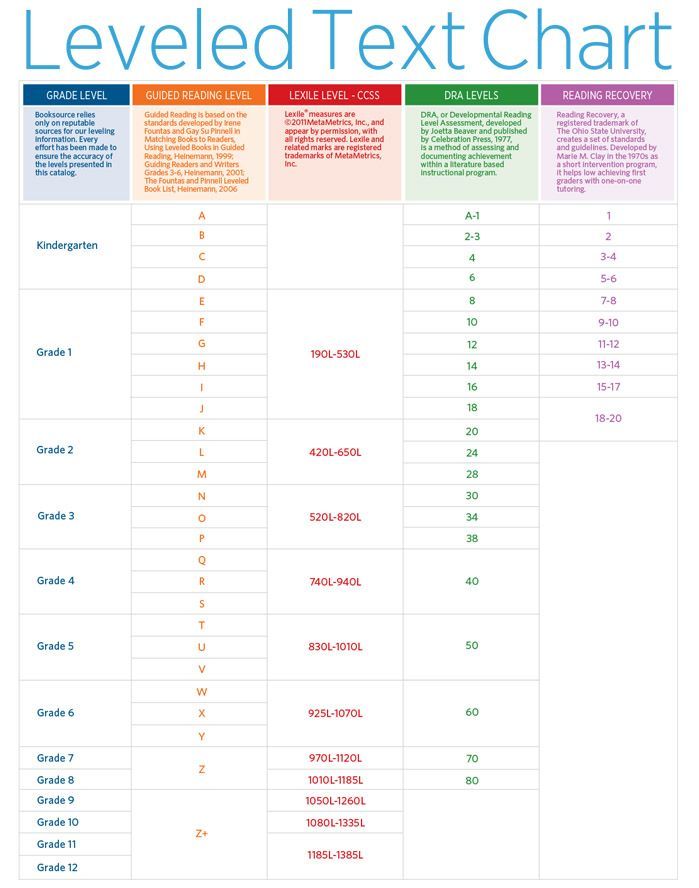 For example, just because your child’s friend has started reading fluently doesn’t mean your child will be able to do that yet.
For example, just because your child’s friend has started reading fluently doesn’t mean your child will be able to do that yet.
While no parent wants their own child to be a little behind compared to their peers, putting too much pressure on them to “catch up” might actually have an adverse effect. In fact, they might feel overwhelmed by the pressure and develop a negative attitude toward reading.
It’s also important to note that there’s no direct link between a certain Lexile measure and a specific grade level. When using any of the reading level measures we mentioned, remember that they are an estimate of a child’s performance and shouldn’t be interpreted literally.
Also, if you’re really concerned about your young learner’s development, you can always address those concerns with their teacher or another professional. They can offer tips and advice on how to best work with your child.
Finally, remember to be patient and positive no matter what. With lots of time and effort, your child will develop a lifetime love of reading!
Who Can Help Me Choose Books That Match My Child’s Reading Level?
The best place to start is to consult your child’s teacher.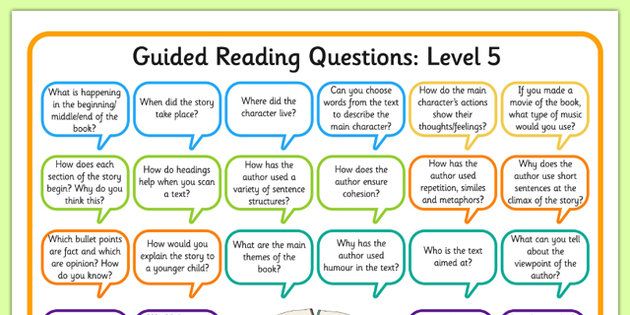 They will have the expertise to guide you in buying the right books for your child.
They will have the expertise to guide you in buying the right books for your child.
It’s also possible for you to look up most books online and find their reading levels. Furthermore, for beginner readers, there are publishers who label books in stages with age and/or grade suggestions attached.
If you’re homeschooling, you can also reach out to your local librarian or bookstores. As people who spend each day surrounded by books, they often have knowledge on this topic and may be able to recommend a few relevant books in your child’s reading level.
What If My Child Is Reading At A Lower Level?
The last thing a parent wants to hear is that their child’s reading level isn’t on par with their peers. But what can you do if, from the assessment used at your child’s school, you find out that your young learner is reading below the average grade level?
Firstly, it’s important not to panic. As mentioned earlier, kids develop reading skills at different stages of their development.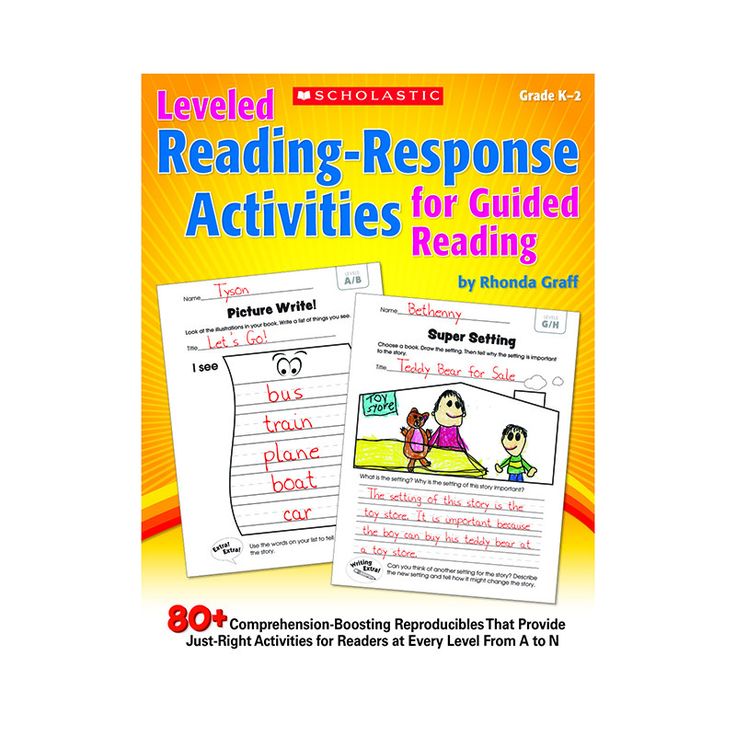 Some children might be early readers, while others may take time to get there.
Some children might be early readers, while others may take time to get there.
The most effective way to help your child improve their reading level is by continuing to encourage reading at home. While reading, remember to discuss the content to ensure comprehension.
Reading For Fun
From assessments to the five-finger rule, determining reading levels varies across the board. No matter which method you choose, remember these measurements are meant to be helpful and encouraging, not stressful and limiting.
Keep this in mind when assessing your young learner. You don’t want your child to sense any stress about their abilities, as this might overwhelm them and have an adverse effect on how they view reading.
While reading is an essential early learning (and lifelong) skill, you want your child to LOVE reading and not only view it as a test of their intelligence.
At the end of the day, the way reading makes your child feel is more important than their reading level. Each child learns in a way that’s special and unique to them.
Each child learns in a way that’s special and unique to them.
The HOMER Road To Reading
The road to discovering how to read can be a fun ride, but sometimes it’s bumpy. This is why we’re more than a learning program. We’re your learning partner.
If you’re looking for a resource to help develop your child’s love of reading and learning, consider taking a look at the HOMER Learn & Grow app. It’s full of stories curated based on your child’s interests!
When your child develops a love for reading, they’ll move up to the next level before you can say “Developmental Reading Assessment”!
Author
Reading Levels - Welcome to LiteracyDoc!
Reading Levels are currently very popular in elementary and middle school classrooms. Reading Levels are system that ranks books in a way that can show how challenging a text may be. While many teachers, schools and districts rely heavily on reading levels to make instructional decisions, there are still some major considerations for when and how to use reading levels.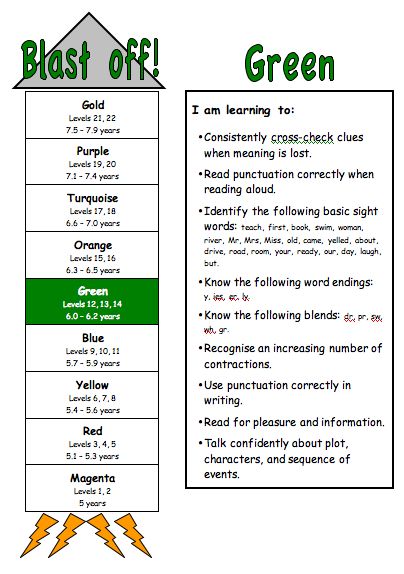
Reading levels can be used in fantastic ways and, like any tool, they can be used in unhelpful ways. As a guiding tool, I find them extremely helpful. I have watched how some expert teachers know the reading levels so well that they can expertly guide a child through understanding a challenging book and know where that child might need help.
For parents, I think reading levels can help you understand what your child is able to do and what might be challenging for them in the books they are currently reading. Knowing reading levels can also help you know
* what kinds of books will be most supportive for your child,
* what kinds of challenges they might have, and
* how you can best support your child as they read.
Irene Fountas and Gay Su Pinnell (source), noted literacy experts, outline what reading levels are and what they are not:
They state very clearly that reading levels ARE:* A tool for teachers to use when analyzing texts
* A tool for recording progress over time in reading
* A reference for teachers in planning lessons and teaching
* A support for teachers in helping readers make good choices for their independent reading (when necessary)
* A guide to determine whether readers are meeting grade level expectations
They state very clearly that a reading level text gradient is NOT:* A label that students attach to themselves as readers
* An incentive for students to practice reading
* A way for students to compare themselves with others
Reading Levels
Reading levels can be a beneficial tool for supporting readers as they are able to read more difficult texts. Reading levels can also help us know how to support readers and what kinds of things to look and listen for as they are becoming better readers over time.
Reading levels can also help us know how to support readers and what kinds of things to look and listen for as they are becoming better readers over time.
However, I have also seen reading levels hold kids back or limit the books they can read. I have even had a very adamant six-year-old tell me that she would not read her homework book (a book on her reading level) because it was boring and in the next sentence tell me she was so excited to read Not Quite Narwal (which is well above her independent reading level (K)). This is not an isolated incident and illustrates how a child can read a challenging text when they are really interested in the topic.
What Makes a Book a Certain Level?
Reading levels are being used in many classrooms across the country and can now even be found on Scholastic order forms and in bookstores. Since reading levels are so prevalent and they can be a helpful tool, let’s talk a little about what makes a reading level, some considerations, and what it means for reading at home.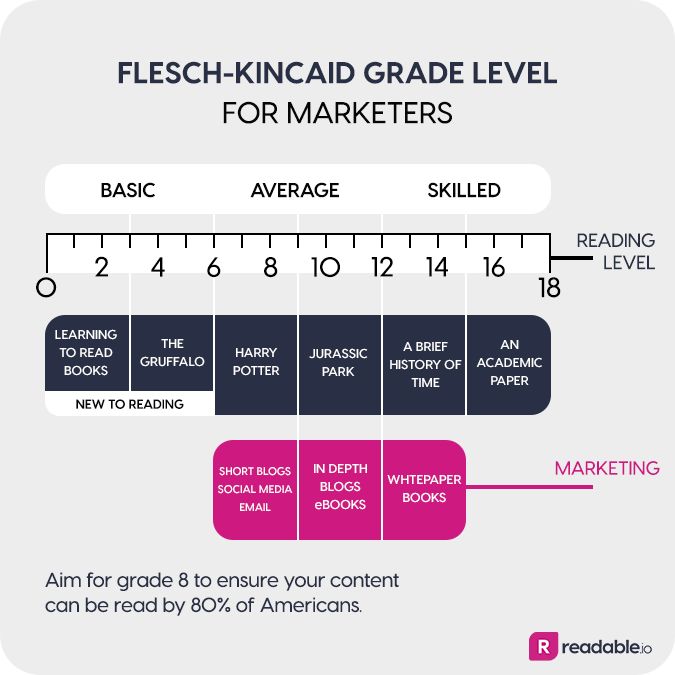
There are numerous reading leveling systems, however, reading levels represented by letters A-Z developed by Irene Fountas and Gay Su Pinnell seem to be the most popular. When I was a Literacy Specialist for a large urban school district, we chose to use the A-Z levels because there was more teacher support available for the A-Z leveling system and more publishers using the A-Z leveling system for their materials and books for kids. Additionally, there were several major assessments capitalizing on the A-Z leveling system.
To create the reading levels, Fountas and Pinnell (source) consider these 10 characteristics:
* Genre
* Text Structure
* Content
* Themes and Ideas
* Language and Literacy Features
* Sentence Complexity
* Vocabulary
* Words
* Illustrations
* Book and Print Features
Things to Think About When Choosing a Text
Choose non-fiction texts with interesting topics, images, and descriptions that will appeal to your child.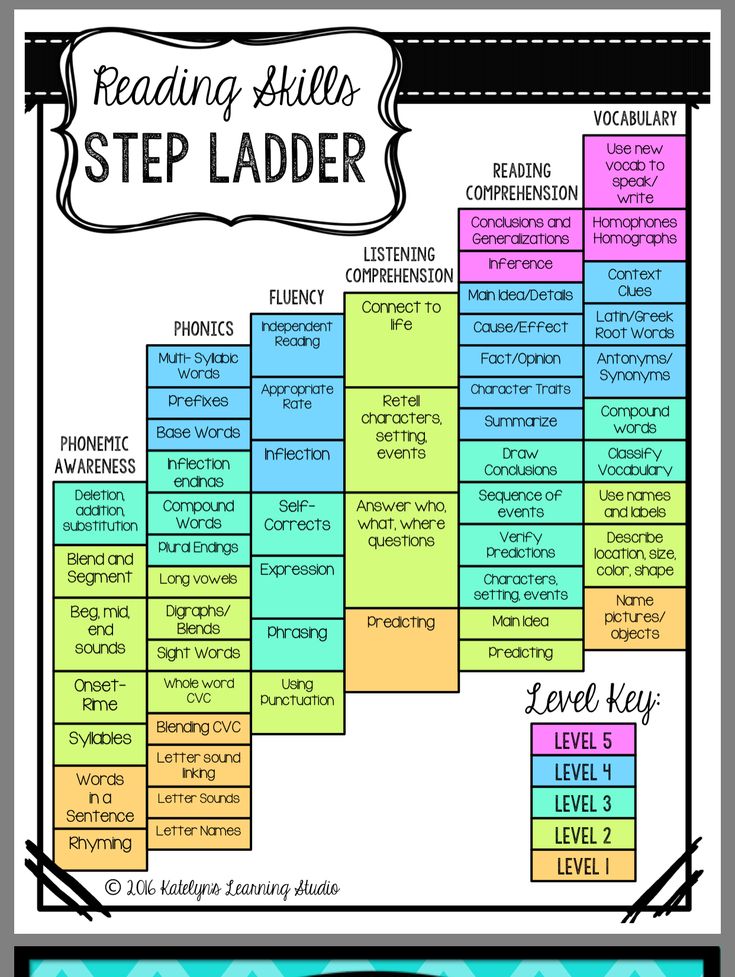
Choose texts that have great examples of high-quality writing.
For younger readers, look at the illustrations to make sure that nonfiction texts include simple graphics that will help your child learn how to blend the information from the graphics and the text.
For readers who are reading more difficult texts, look at the illustrations to make sure that nonfiction texts include complex graphics that will help your child learn how to combine information from the graphics and the words in the text.
Make sure that fiction texts have high quality illustrations (if applicable) that add to the meaning of the text and communicate the mood.
Select texts that have deeper messages (like honesty, friendship, empathy, or kindness) so your child can think deeply about a text.
Click on the button underneath the boxes below to learn about the kinds of books at each level, what readers typically need to be able to do at each level, and book recommendations at each level.

(Typically
5th Grade and Above)
Click Here
Want to learn more from Fountas and Pinnell, visit their site: http://www.fountasandpinnell.com
The following two tabs change content below.
- Bio
- Latest Posts
Erin is a parent and educator who is passionate about helping kids become the best readers, writers, and critical thinkers they can be.
Fountas & Pinnell Reading Levels
Fountas & Pinnell Reading Levels (Commonly referred to as "Fountas & Pinnell") is a proprietary reading level system developed by Irene Funtas and Gay Su Pinnell and published by Heinemann to support their Literacy Level Measures ( LLI) series of materials for students and teachers. [1] Heinemann trademarks its text alignment system in its marketing materials F&P Text Level Gradient . [2]
Content
- 1 Review
- 2 Critics
- 2.
 1 Providence of research
1 Providence of research - 2.2 Base Reading Model
- 2.
- 3 Notes
Object
In this system, Reading parameters such as the number of words, the number of different words, the number of frequently occurring words, the length of the sentence, the difficulty of the sentence, the repetition of words, the support for illustrations, etc. Although the classification is based on these parameters, the type of syllable, which is an important factor when starting reading, is not considered as part of the alignment system. The teachers at each level are then given small books containing a combination of text and illustrations. [3]
While young children exhibit a wide range of reading skills, each level is roughly associated with a school class. Some schools set reading targets for their students. This is the class equivalence table recommended by Fountas & Pinnell. A, B, C0047
Various authors have developed alternative classifications of reading difficulties (reading recovery levels, DRA levels, basic levels, vocabulary levels, etc. ). [4]
). [4]
Criticism
Criticism of Fountas and Pinnell's LLI and reading levels focuses on three main issues: the scope and consistency of acoustics teaching in the series; evidence of program effectiveness; and the basic reading model of the program.
Research Evidence
Psychologist David A. Kilpatrick writes that, as of 2015, "no LLI research has been published in peer-reviewed journals." [6]
In a 2018 presentation to the US Reading League, psychologist Steve Dykstra questions Fountas & Pinnell's marketing claims of "gold standard" research. [7]
Basic Reading Model
Learning Disabilities Australia states in its position statement that it does not support “Fountas and Pinnell’s approaches to literacy, including literacy interventions and guided reading" because they are the whole language or "balanced literacy" approach." Instead, the LDA endorses programs that are examples of a "well-structured approach to teaching reading [.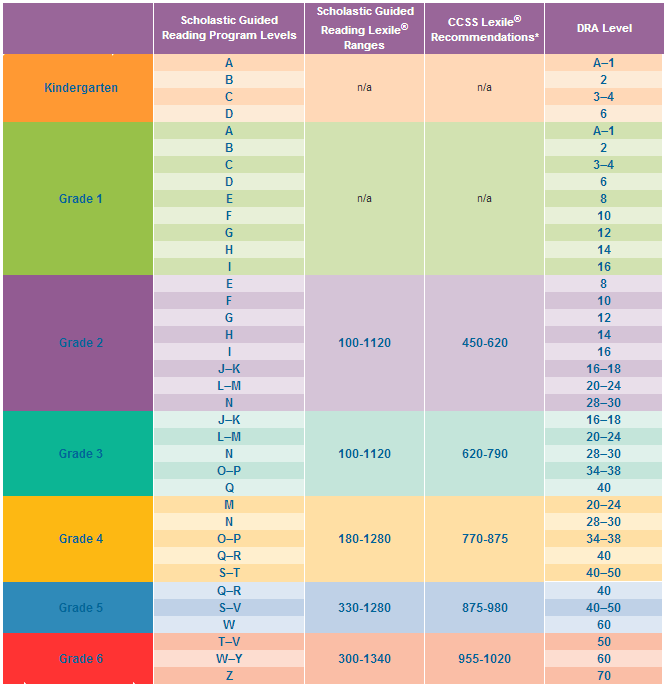 ..] consistent with scientific evidence about how children learn to read and how best to teach them." " 9 Kilpatrick, David (2015). Foundations for Assessing, Preventing and Coping with Reading Difficulties . New Jersey: Wylie. p. 297. ISBN 9781118845240 .
..] consistent with scientific evidence about how children learn to read and how best to teach them." " 9 Kilpatrick, David (2015). Foundations for Assessing, Preventing and Coping with Reading Difficulties . New Jersey: Wylie. p. 297. ISBN 9781118845240 .
Reading and learning levels. Speed reading. How to remember more by reading 8 times faster
Levels of reading and learning. Speed reading. How to remember more by reading 8 times fasterWikiReading
Speed reading. How to remember more by reading 8 times faster
Kamp Peter
Contents
Reading and learning levels
In this section, we'll look at a way to work with background information and tutorials that you might find useful. Decide in advance or as early as possible during reading, what level of data you want to get from the book.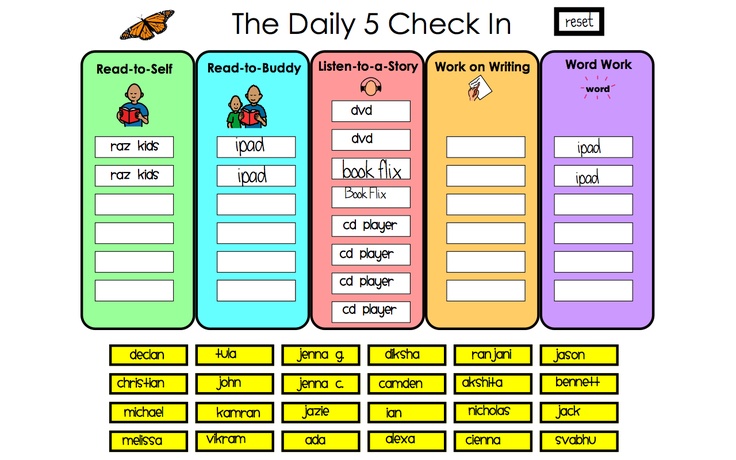
The first level of information extraction for any material will be its main idea, or main idea, or essence. Of course, if that's all you need, a good preview of all the text is enough.
The next level is to understand the main idea of each chapter or section of the book. The third is to do the same for all subsections within chapters, etc. It is extremely rare that you will need the fifth level of information extraction - remembering it. First-year medical students undoubtedly spend a lot of time learning how to extract information at this level. It is very difficult to read at high speed when you have such a time-consuming task in front of you. However, a diligent student can usually cut the learning time in half by becoming well versed in speed reading skills and effective teaching techniques.
Levels of information extraction when reading
1. The main idea, or the main idea of the book.
2. The main idea of each chapter.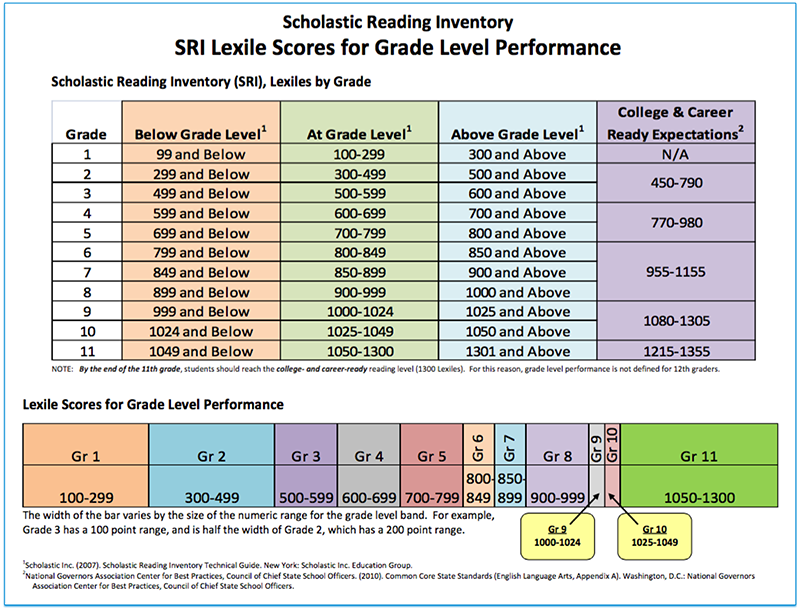
3. The main idea of each subsection within the chapter.
4. Main ideas of most paragraphs.
5. Details of each paragraph (memorization).
It must be understood that a very important level of extracting information from a book becomes simply knowing what topics are covered in it, in other words, understanding whether the material contains the information that you are looking for on a particular topic. You cannot learn everything you read, nor can anyone expect you to. In setting goals for any reading, part of your job is to determine whether you want to learn something from this material or just to find out what information is contained in the book.
This text is an introductory fragment.
3. PLANNING LEVELS
3. LEVELS OF PLANNING Most often, the planning process is divided into three levels, but there are no clear boundaries between them.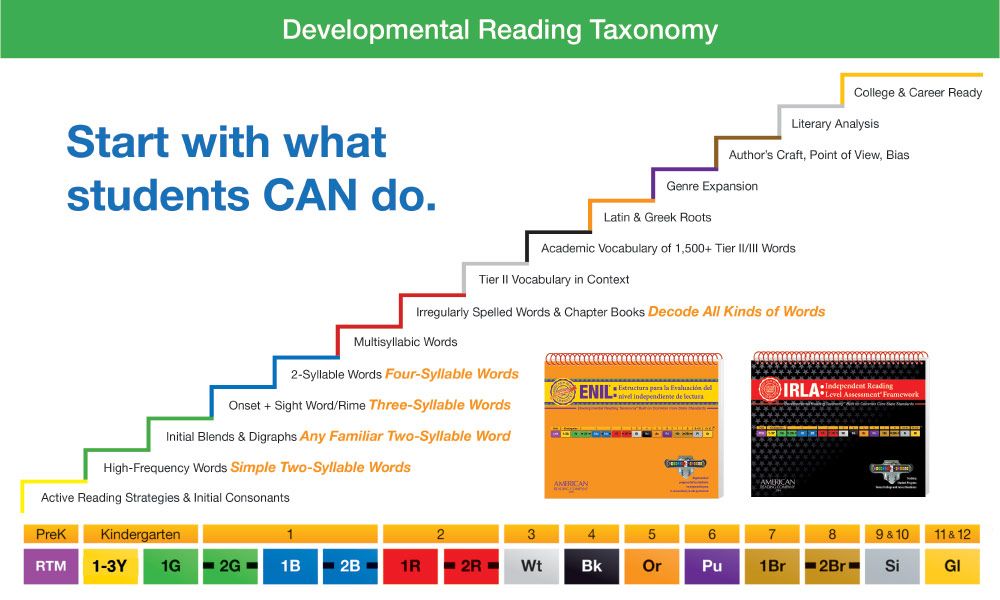 The vagueness of the terms themselves is based on the fact that the concepts of "long-term plans" and "short-term plans" overlap and smoothly transition
The vagueness of the terms themselves is based on the fact that the concepts of "long-term plans" and "short-term plans" overlap and smoothly transition
Levels of generalization
Levels of Generalization Based on how abstract, generalized or concrete a sentence is, we can assign it a level that will reflect the degree of its abstractness. Understanding this is the key to working with complex texts. Luckily it's pretty
Practice reading speed must be three times the normal reading speed
The speed of practice reading should be three times the speed of normal reading. The basic rule of practice is that if you want to read at a certain speed, then you need to do practice reading about three times as fast. So,
§12. Divinity Levels
§12. Divinity Levels After emotions and ecstasies, on the way to God, there is the next level: “creative states”. Today we are allowed to know about only one such state, called "orgasm." In addition to the generally accepted concept of orgasm, meaning a state of
Divinity Levels After emotions and ecstasies, on the way to God, there is the next level: “creative states”. Today we are allowed to know about only one such state, called "orgasm." In addition to the generally accepted concept of orgasm, meaning a state of
Sound levels
Sound levels The Vedas speak of four levels of sound. These are vaikarya-vak (sound on the physical level - the one that we pronounce or sing), madhyama-vak (sound on the level of mind, thought, inner speech), pashyanti-vak (sound on the level of mind or desire) and para-vak
LEVELS OF CONSCIOUSNESS
LEVELS OF CONSCIOUSNESS In addition to what has already been said, in the Mantrayana, the types of consciousness are distinguished by the degree of their grossness or subtlety. In this system, the five sense consciousnesses are considered gross and the eighty conceptual consciousnesses are considered more subtle.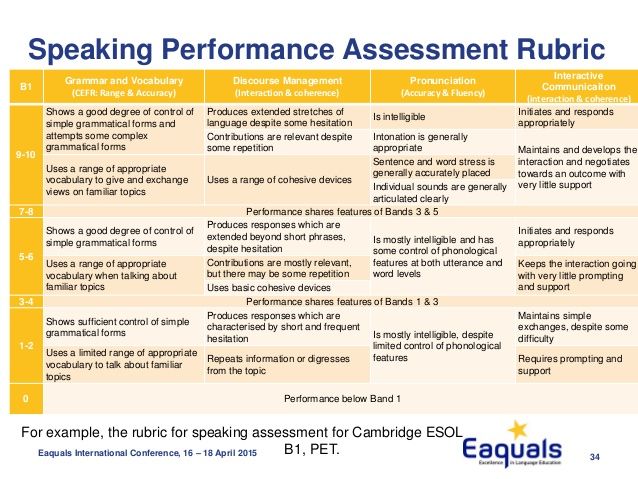 Among eighty
Among eighty
EMPTY LEVELS
LEVELS OF THE VOID All of the above views point to one fact: there are many levels of emptiness, both gross and subtle. One of these levels is emptiness as the absence of a substantially existing, that is, self-sufficient, personality. The other is emptiness as
Higher levels and their intermediate levels
Higher levels and their intermediate levels The following names are generally accepted for the seven known levels of existence, from lowest to highest: physical, astral, mental, buddhic, atmic, anupadaka and adi. These higher planes are similar in structure to the astral
4. LEVELS OF MIND DEVELOPMENT
4. LEVELS OF DEVELOPMENT OF THE MIND We have already said that by listening to the teaching and meditating on it, our concepts related to Buddhist concepts become more and more clear.